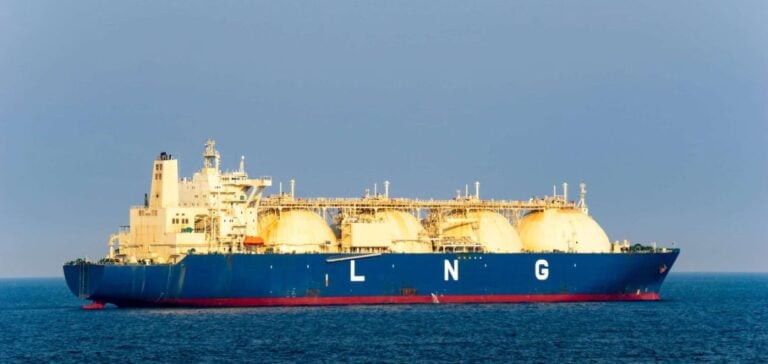European natural gas prices for summer 2026 remain in backwardation compared to winter 2026, according to Commodity Insights data. This phenomenon, where summer contracts trade at higher prices than winter contracts, reflects uncertainties tied to the summer injection season and the arrival of new LNG production capacity later in the year.
Current Price Status and Market Dynamics
The Dutch TTF summer 2026 contract was assessed at €34.485/MWh on November 25, compared to €34.22/MWh for the winter contract. This difference of €0.265/MWh highlights a rare and pronounced trend compared to the contango structure observed last year.
This dynamic stems from delays in the development of new LNG liquefaction capacity. While these facilities are expected to start operations by winter 2026, additional volumes will primarily arrive in 2027, fueling short-term price volatility.
Capacity Growth in the United States and Qatar
In 2026, global LNG production is expected to increase to 494 million metric tons, up from approximately 452 million metric tons in 2025. A significant share of this growth will come from the United States and Qatar, currently accounting for 21% and 19% of the global market, respectively.
In the United States, the delayed Golden Pass LNG project is expected to begin exports in Q1 2026, with a more notable impact in Q4. The country’s total capacity is set to grow by 20% between Q3 and Q4. Additionally, projects like Sabine Pass and Corpus Christi will contribute to this growth.
Qatar, on the other hand, plans significant export increases through its North Field East and North Field South expansions. These projects are projected to add 32 million metric tons of annual capacity by 2026 and an additional 16 million metric tons by 2027.
Implications for LNG Shipping
Despite the increased supply, the LNG shipping market remains under pressure. With a rising number of new builds and an oversupply of ships, freight rates have dropped sharply. For example, in the Atlantic Basin, rates for two-stroke ships fell to $15,000/day in November 2025, compared to $197,500/day the previous year.
Experts predict these pressures will persist until 2027, even as new European regulations, such as the Emissions Trading System (ETS), may limit the viability of older ships.
Outlook for the European Market
While European gas prices remain high, the planned capacity increases are expected to gradually ease tensions in global markets. Nevertheless, traders highlight that summer 2026 will continue to face uncertainties, particularly during the injection season, before a rebalancing anticipated for winter.
Spot prices still reflect this volatility. The DES Northwest European Marker for January 2026 was assessed at $14.648/MMBtu on November 25, significantly above $11.128/MMBtu recorded the previous year.






















